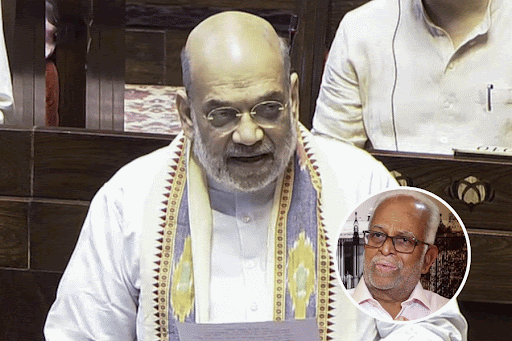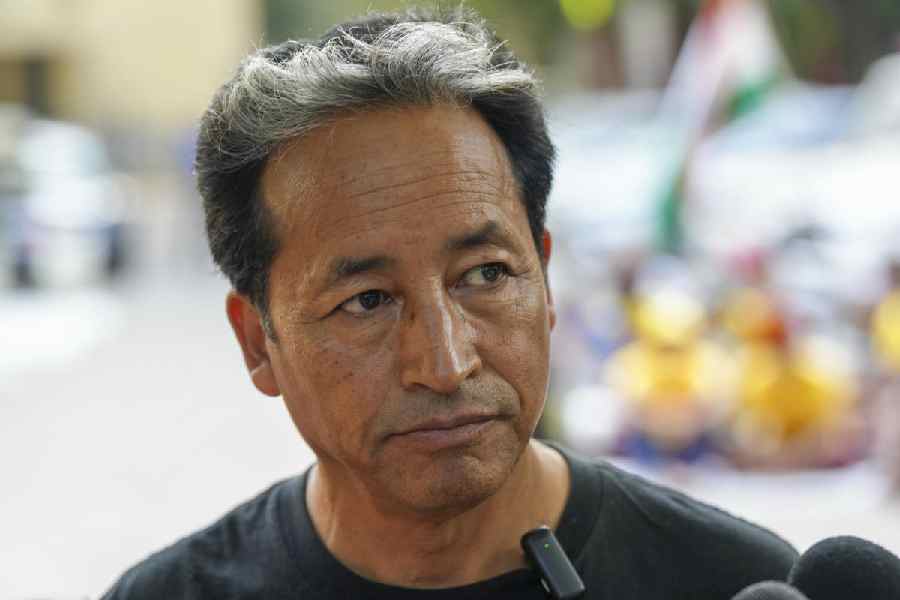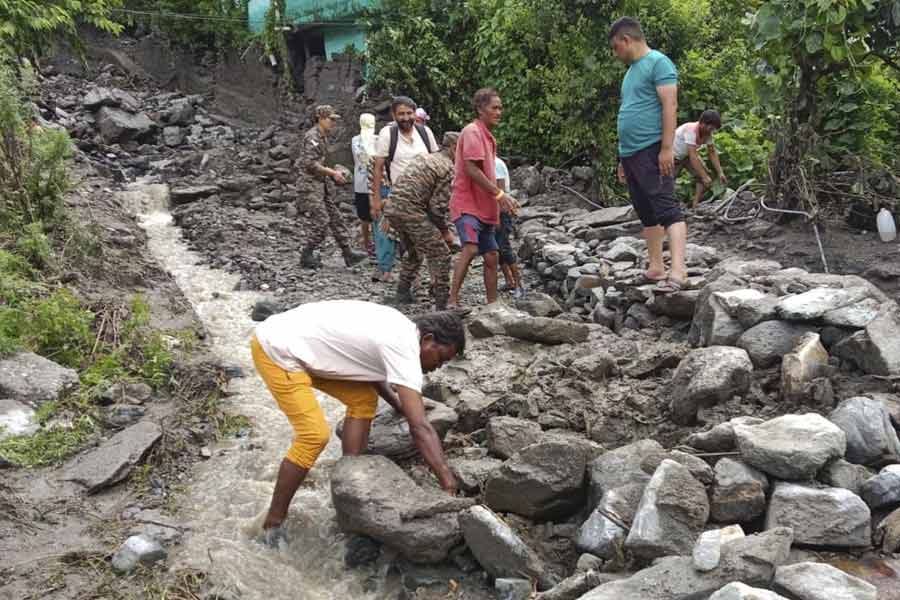 |
 |
| Pedestrians near a stretch on Janpath where the opening to a drain is at a higher level than the road. (Right) A narrow drain along the 100-ft road from City Women’s College to Gandamunda is giving local residents sleepless nights as they are concerned about its carrying capacity. Pictures by Ashwinee Pati |
Bhubaneswar, July 28: Last week’s cloudburst that triggered a flood-like situation here has forced the state government to formulate a drainage master plan for Bhubaneswar and revive the 10 natural drainage channels flowing through the city.
Several roads in the capital lack proper drains. Sources said that in most of the cases, the catchment area study for the drains has not yet been done. Most of these drains have already reached their carrying capacity and water now flows on to the roads. The erroneous approach to the construction of drains without proper survey has led to this situation.
Even after a short spell of rain, places like Raj Bhavan Square, Lower-PMG, the front portion of the Commissionerate Police Office and 120 Battalion, many parts of Bidyut Marg, Vani Vihar Square, Sriya Square, Iskcon temple, Exhibition Ground, Saheed Nagar, parts of Laxmi Sagar and other low-lying areas up to Samantarapur get flooded. This also reflects the absence of “water traps” in footpaths that help water pass into drains.
“Water traps are a must for modern road-planning, but unfortunately, most of our city roads lack them. With an iron sieve, it allows water to pass through. Without these simple structures, the rainwater stands for nearly an hour in many parts of the city,” said a senior engineer, requesting anonymity.
Former engineer in-chief-cum-secretary of works department, Nandanandan Das admitted that in many parts of the city, the roads lack proper slope. Issues related to road levelling work should be addressed at the bidding stage itself, so that the contractors have an idea about the process. However, the contractors are only worried about road laying. As a result, the roads have several technical flaws and rainwater is blocked everywhere.
Before laying a new road, scrapping of the old road layer is mandatory, according to the standard engineering process. But in the capital, new roads are laid over the old layer. This increases the road level. Apart from that, if there is any crack on the upper-layer, the water seeps into the passage and settles in between the two layers causing damage to the entire road. Had the engineers followed the scrapping process, unnecessary increase of the road height could have been avoided.
“In many parts of the city, drains are being constructed at a higher-level than the accompanying road. This strange phenomenon happens only in Bhubaneswar. Earlier, I pointed it out and there was a discussion. But, as the footpaths are integrated with the drains, the engineers should ensure use of proper passage, so that the rainwater goes down the drains. However, now the run-off water is flowing on the roads,” said Das.
D.C. Mishra, a resident of Bivab Estate near Soubhagya Nagar phase II, said that while the state government announced that all roads should have drains to ensure proper flow of the catchment water, engineers of the public works department (PWD) were not concerned about the drains.
Assistant engineer Alok Mohanty of division III of the PWD, however, said: “A structure to carry the water is under construction. Once the 100-foot road from City Women’s College to Gandamunda is built, the drains will have sufficient carrying capacity for the water coming from the catchment. The people must have patience, as no civil structure can be built in a day or two.”
Waterlogging on the NH-5 near Iskcon temple has created a serious problem, but the National Highway Authority of India project director Aditya K. Ray said: “The problem still persists, as there is no natural way to let the water flow. All the natural paths are being converted into residential zones. Moreover, restoration of natural drainage channels and their tributaries should be assured by the civic and development authorities.”











